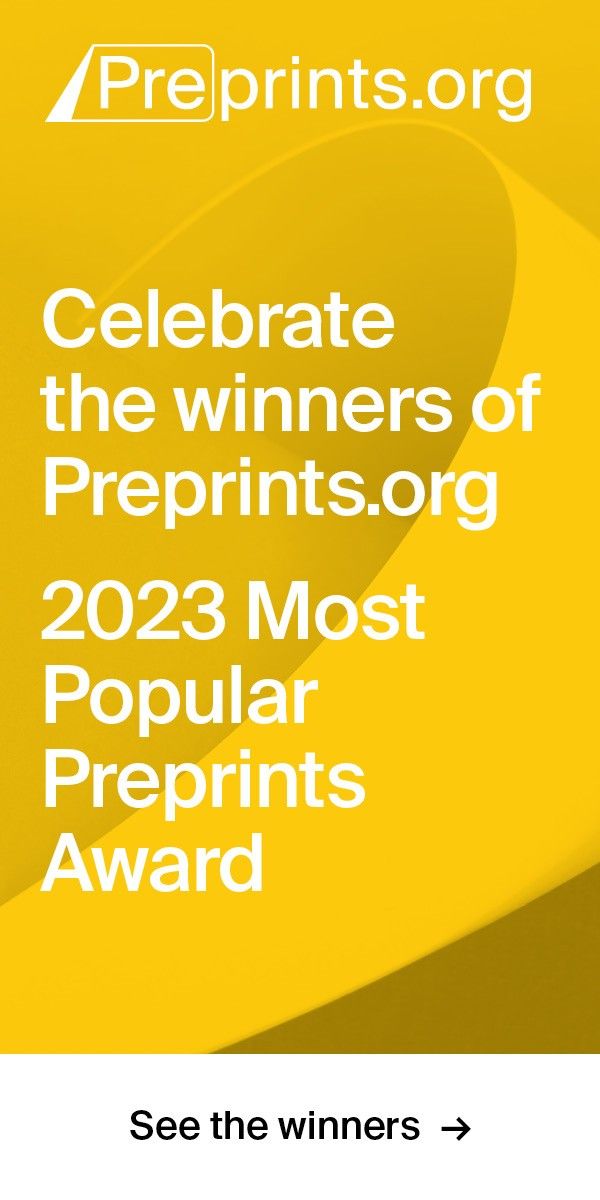Review
Version 1
Preserved in Portico This version is not peer-reviewed
Molecular Dynamics Simulations of Curved Lipid Membranes
Version 1
: Received: 1 July 2022 / Approved: 7 July 2022 / Online: 7 July 2022 (04:19:42 CEST)
A peer-reviewed article of this Preprint also exists.
Larsen, A.H. Molecular Dynamics Simulations of Curved Lipid Membranes. Int. J. Mol. Sci. 2022, 23, 8098. Larsen, A.H. Molecular Dynamics Simulations of Curved Lipid Membranes. Int. J. Mol. Sci. 2022, 23, 8098.
Abstract
Eukaryotic cells contain membranes with various curvatures, from the near-plane plasma membrane to the highly curved membranes of organelles, vesicles, and membrane protrusions. These curvatures are generated and sustained by curvature-inducing proteins, peptides, and lipids, and describing these mechanisms is an important scientific challenge. In addition to that, some molecules can sense membrane curvature and a thereby be trafficked to specific locations. The description of curvature-sensing is another fundamental challenge. Curved lipid membranes and their interplay with membrane-associated proteins can be investigated with molecular dynamics (MD) simulations, given the right tools. Various methods for simulating curved membranes with MD are discussed here, including tools for setting up simulation of vesicles, and methods for sustaining membrane curvature. The latter are divided into methods that exploit scaffolding virtual beads, methods that use curvature-inducing molecules, and methods applying virtual forces. The variety of simulation tools allow the researcher to closely match the conditions of experimental studies of membrane curvatures.
Keywords
membrane curvature; molecular dynamics; simulations; BAR domain; trafficking
Subject
Biology and Life Sciences, Biochemistry and Molecular Biology
Copyright: This is an open access article distributed under the Creative Commons Attribution License which permits unrestricted use, distribution, and reproduction in any medium, provided the original work is properly cited.
Comments (0)
We encourage comments and feedback from a broad range of readers. See criteria for comments and our Diversity statement.
Leave a public commentSend a private comment to the author(s)
* All users must log in before leaving a comment









